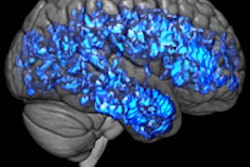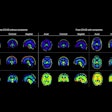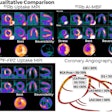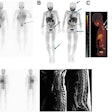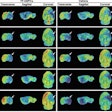Brain scans taken at different times of the year suggest that the actions of the serotonin transporter, which regulate the mood-altering neurotransmitter serotonin, vary by season, according to a new study.
The researchers of the study, published in the Archives of General Psychiatry(September 2008, Vol. 65:9, pp. 1072-1078), note that those fluctuations may explain seasonal affective disorder and related mood changes.
Researchers from the Centre for Addiction and Mental Health and the University of Toronto used PET to assess serotonin transporter binding potential value, an index of serotonin transporter density. The higher the binding potential value, the less serotonin circulates in the brain.
For the analysis, individual scans were grouped according to the season of the scan -- fall and winter or spring and summer. Serotonin transporter binding potential values were significantly higher in all investigated brain regions in individuals in the fall and winter, compared to those studied in the spring and summer. When they matched binding potential values to meteorological data, the researchers found that higher values occurred during times when there were fewer hours of sunlight per day.
Related Reading
PET reveals more than body mass wasting away with eating disorders, September 15, 2005
PET shows therapy can alter opioid receptors in bulimics, June 20, 2005
Neuroimaging study bolsters genetic basis for feeling down, May 19, 2005
fMRI identifies link between alleles, amygdala in affective disorders, March 22, 2005
MRSI may be just the 'tool' to diagnose bipolar disorder, November 30, 2004
Copyright © 2008 AuntMinnie.com






